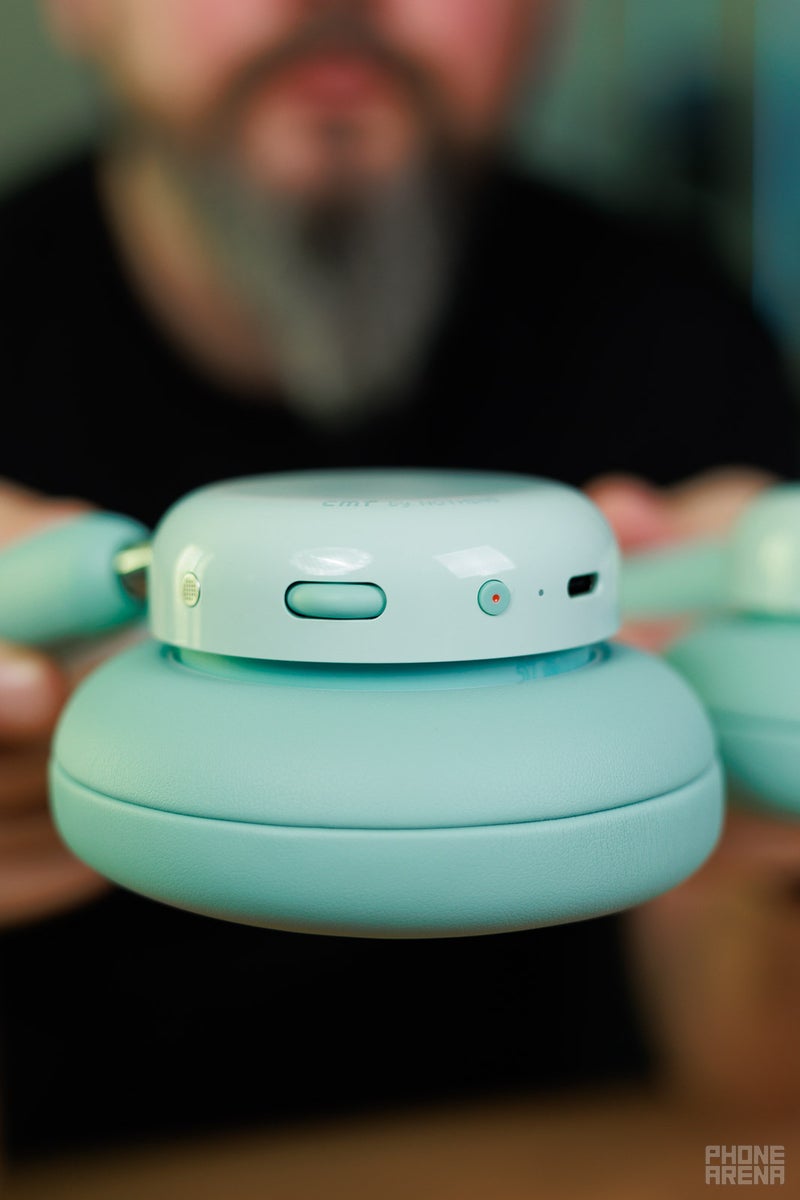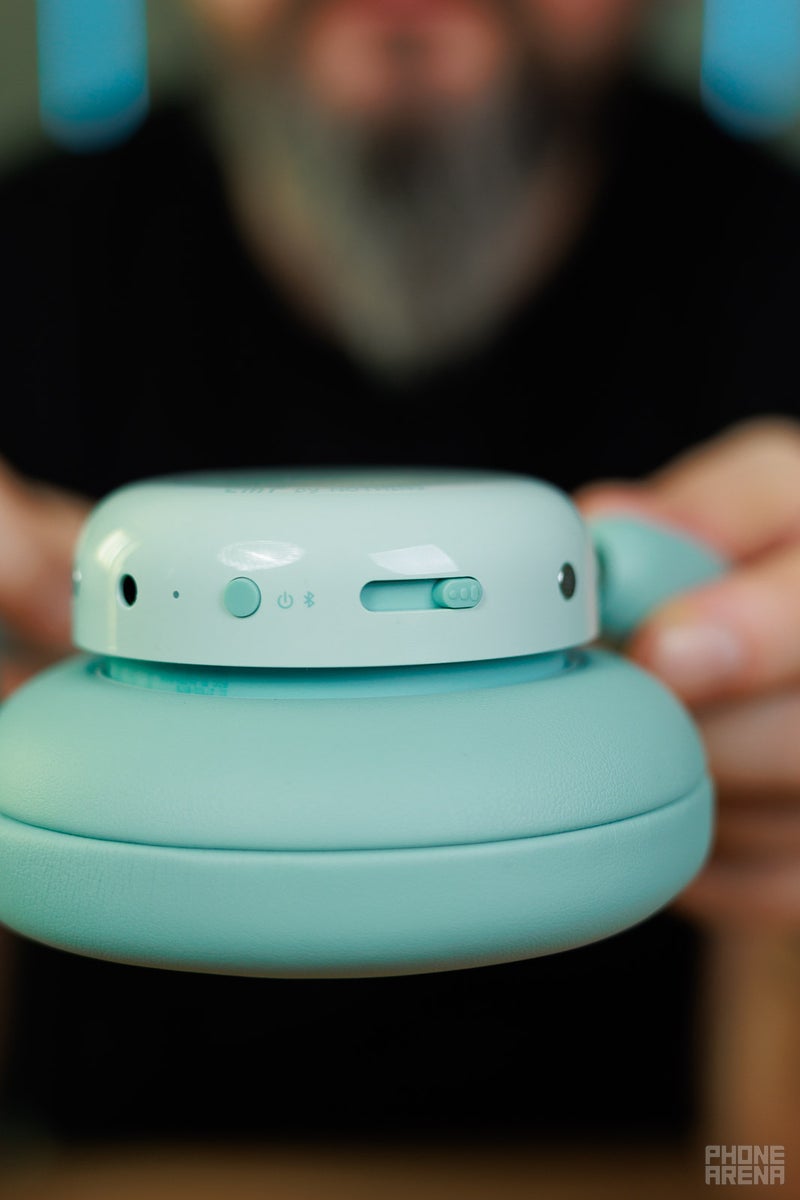It was only a couple of months ago when Nothing released the Nothing Headphone (1). Eventhough the company had made earbuds before, the Headphone (1) was their first foray into over-ear cans, which is a whole separate world.
We definitely did not expect another set of over-ears from Nothing to come out that soon, but here they are — the CMF by Nothing Headphone Pro. These fall under the “affordable” CMF brand and only cost $100. Yes, the affordable headphones are called “Pro”, let’s not talk about it.
So, with a colorful and playful design, affordable price, and a dedicated bass boost slider, these are certainly aimed at the younger crowd. But what surprised me is that, after some tunings of the sound, I could actually make these work… like, really well for that price tag!
CMF Headphone Pro specs
| Color options | Light Green, Light Gray, Dark Gray |
|---|---|
| Audio | AAC, SBC, LDAC, Spatialize audio (different style) |
| Noise cancelation | ANC, Transparency |
| Connectivity | Bluetooth 5.4, multi-device, Fast Pair, Swift Pair |
| Battery life | AAC / LDAC ANC ON: 50 hrs / 38 hrs ANC OFF: 100 hrs / 70 hrs |
| Ingress protection | IP X2 (Vertical water drops) |
CMF Headphone Pro design and colors
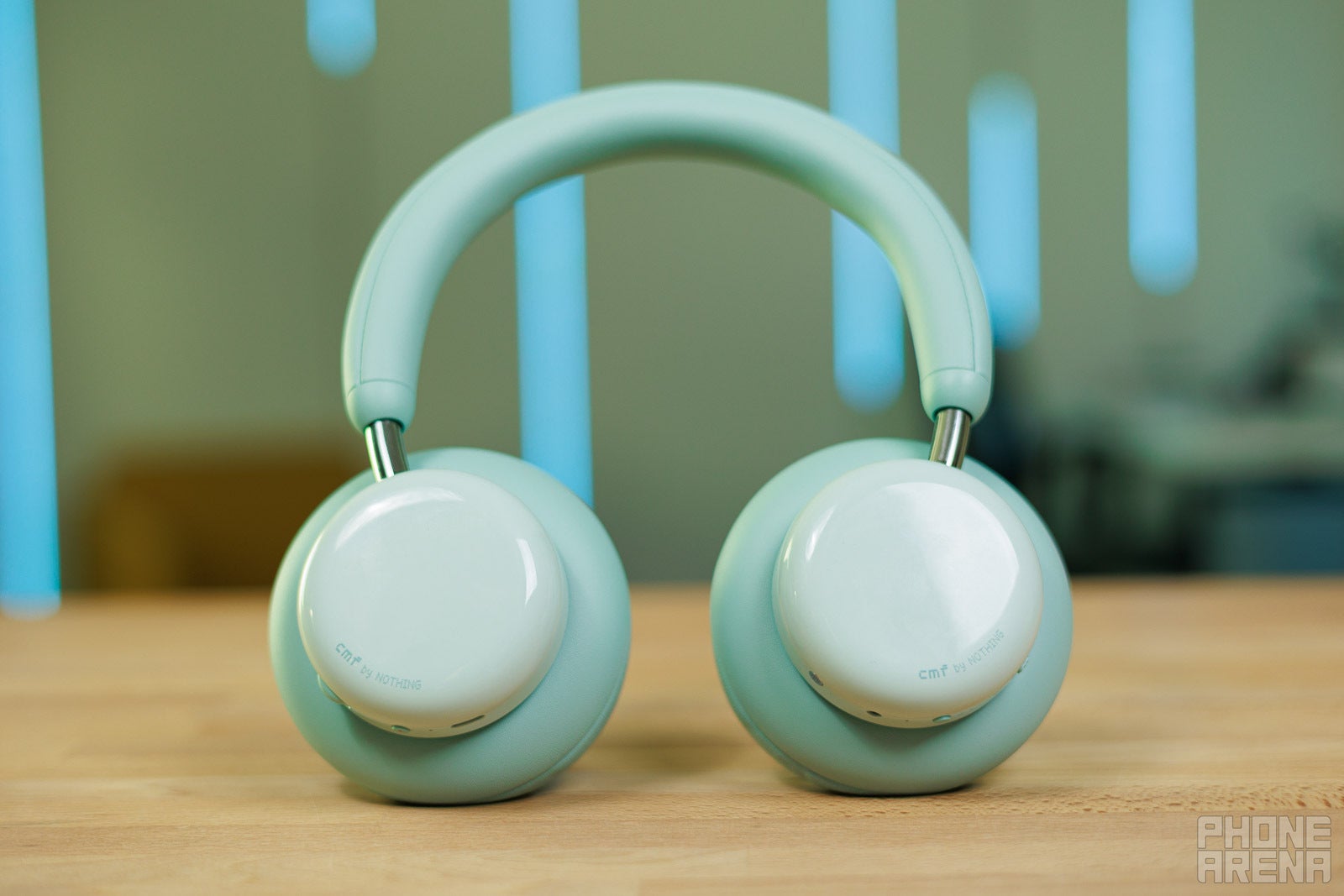

The Nothing Headphone (1) came in a fresh square shape. The CMF Headphone Pro is rounder than a round headphone can be. They look like puffy donuts over your ears, if you will. Combined with the shiny plastic and vibrant colors (some of which don’t seem to be out yet), they do look fun, bold, and youthful.
One of the selling points is that the earmuffs are easily replaceable, with a twist and pull motion. The point is to buy another set with another vibrant color, and mix-and-match them to the frame of whatever Headphone Pro you bought initially. The extra cushions are not yet available, but the first colors you will be able to buy are Light Green and Orange. It goes to reason that if these headphones are semi-successful, Nothing will add more options.
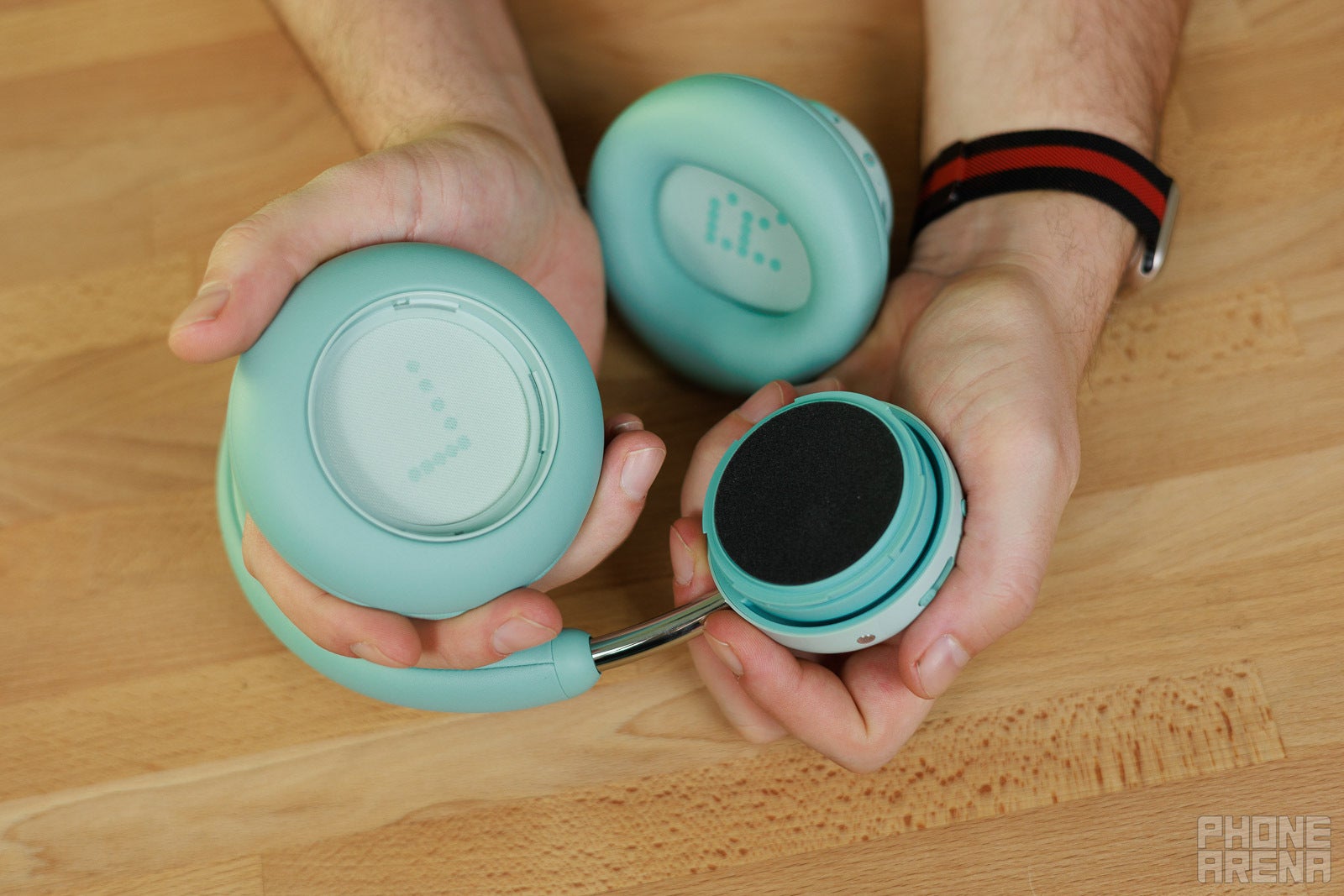

These have tactile controls, kind of like on the Headphone (1). The volume roller is not smooth — it’s a step-roll deal, and it spins vertically as opposed to being horizontal. There’s also an entirely new slider that boosts your bass as you bring it up. I used that to get a better sound than these should ever have, but more on that in the sound section.
The length adjustment mechanism is still a stepless slide over a metal headband. Quite impressive at the price point — can’t say if it will stay tight as the months turn into years, but right now, the rail slide feels solid and doesn’t move on its own once you’ve set it to the desired length.
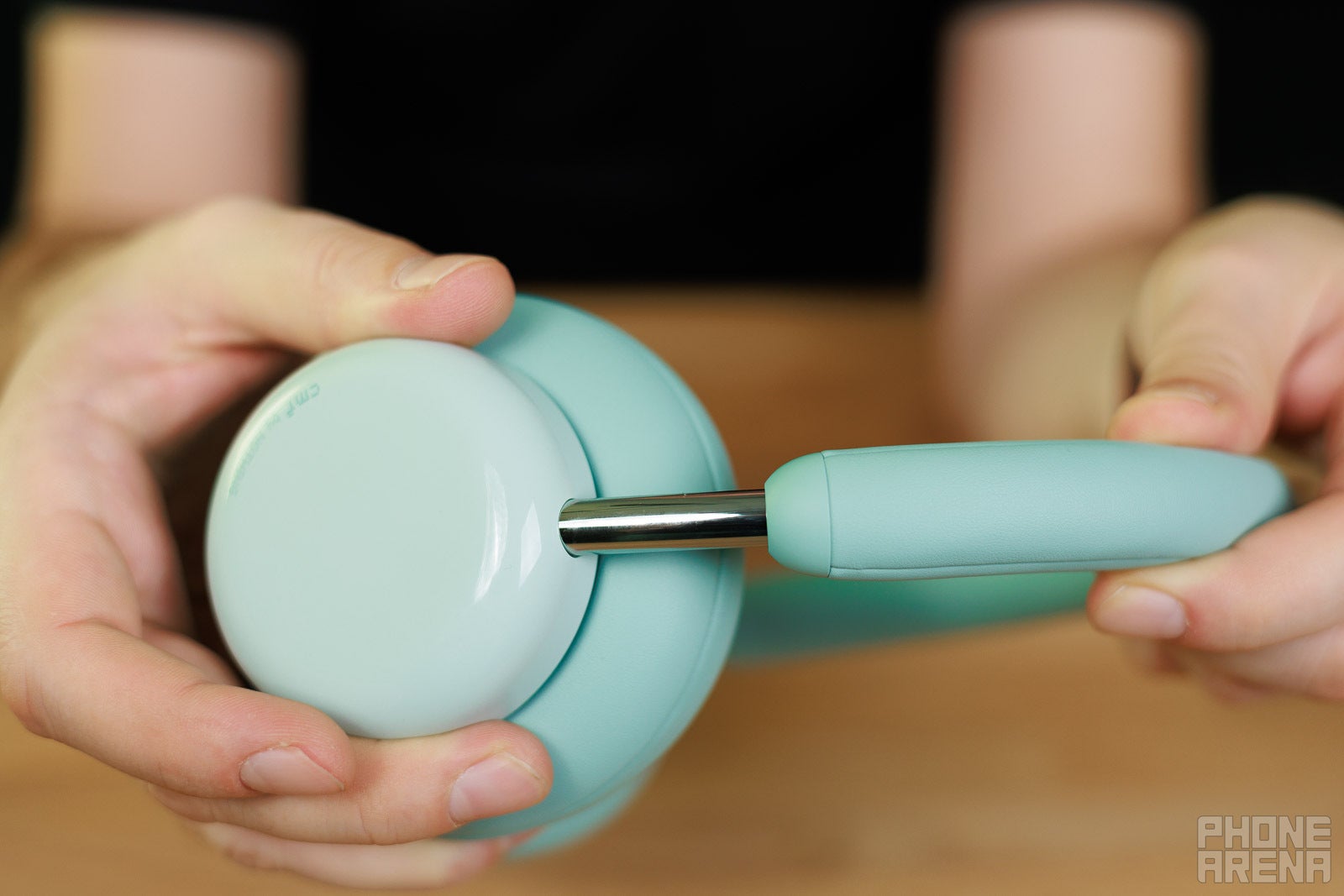

The earmuffs are very soft, comfy, and isolate outside sound quite a bit. Headband clamping pressure is a bit on the stiff side, but not too aggressive. It doesn’t seem to give me fatigue outside of making my ears really warm.
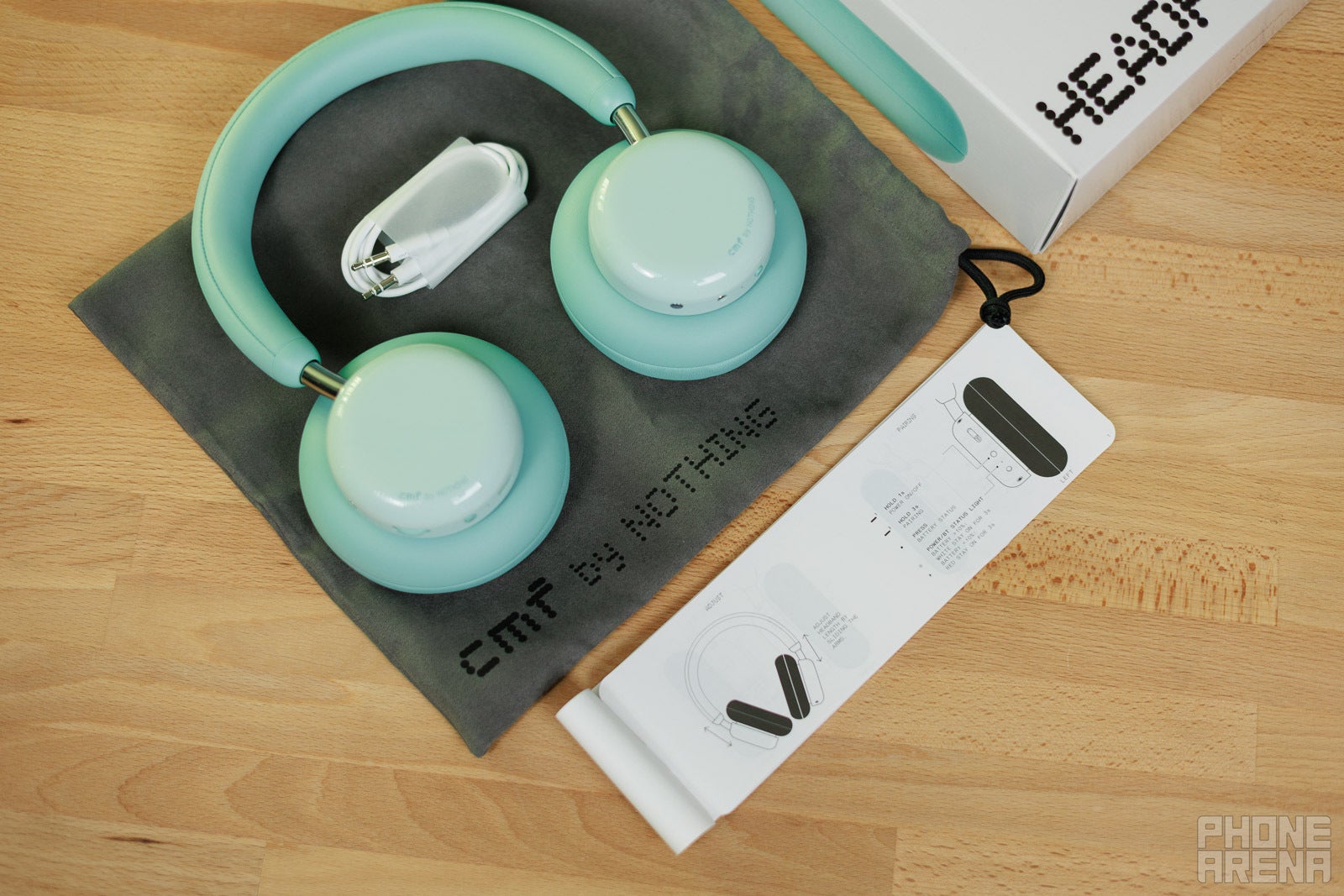

The carry case is one point where Nothing saved quite a bit of cash. That is to say — there is none. These come with a velvet pouch. Though, for a $100 set of cans, that’s generous enough. You will also get a 3.5 mm cable to use them plugged, but these need to be on if used. Even with a cable, they are not passive.
CMF Headphone Pro sound quality
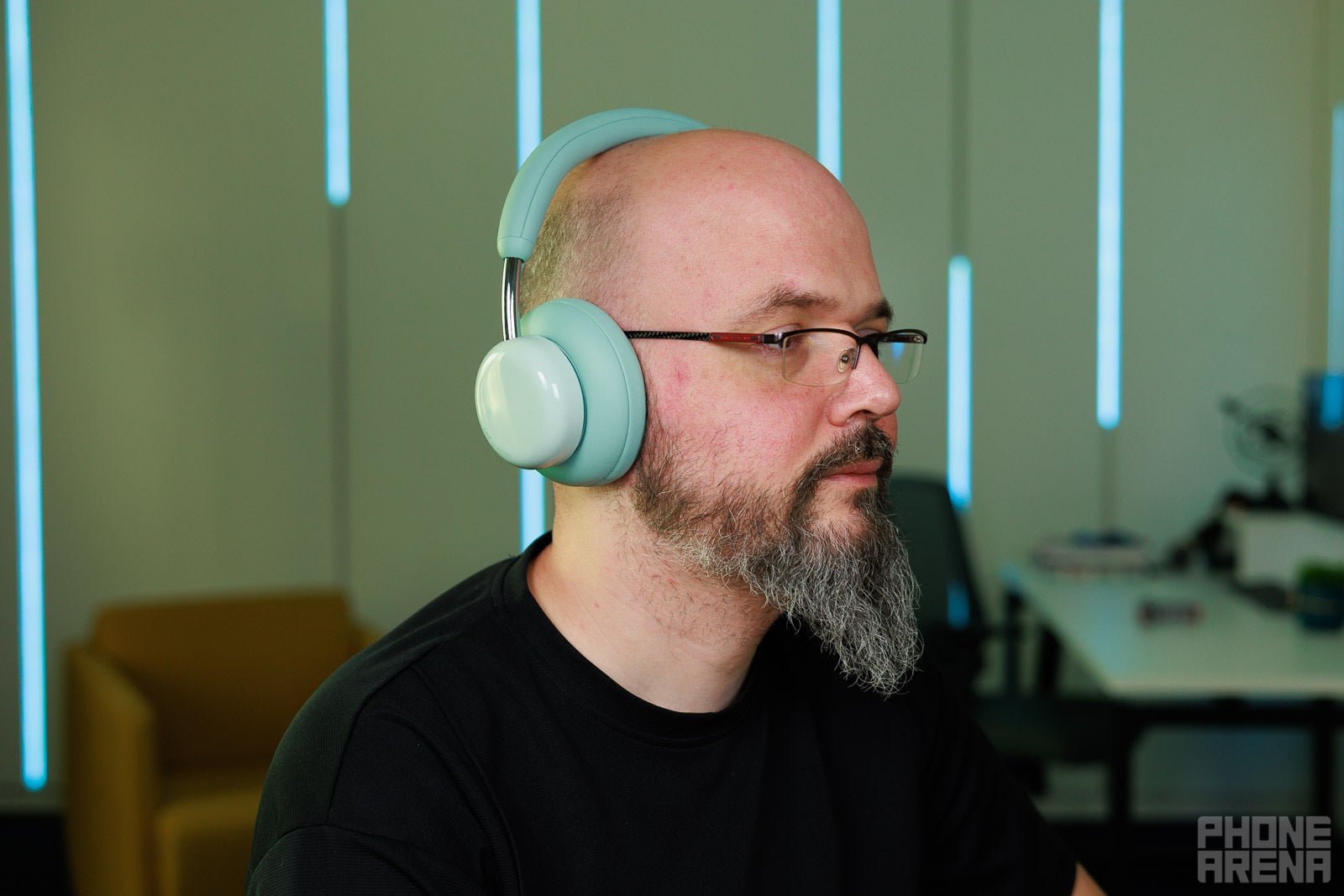

Out of the box, these sound pretty OK. To nitpick — they are boomy and bassy, even without dialing up the bass slider on the side. The highs can be a bit scratchy, and the high mids have a lispy compression to them.
However, I found a hack to clear them up and get a much more balanced sound.
As any other Nothing headphones, they pair up to the Nothing X app and offer some sound tuning options. The Advanced EQ is not available on this affordable model, but you can do some magic with the Basic EQ.
Since it’s an adaptive equalizer, when you cut one frequency, it will boost the others. Or, if you boost one, it will cut the rest. The point is to attempt and keep overall volume even, as you twiddle with the EQ. Some companies choose to do it this way, I don’t know why.
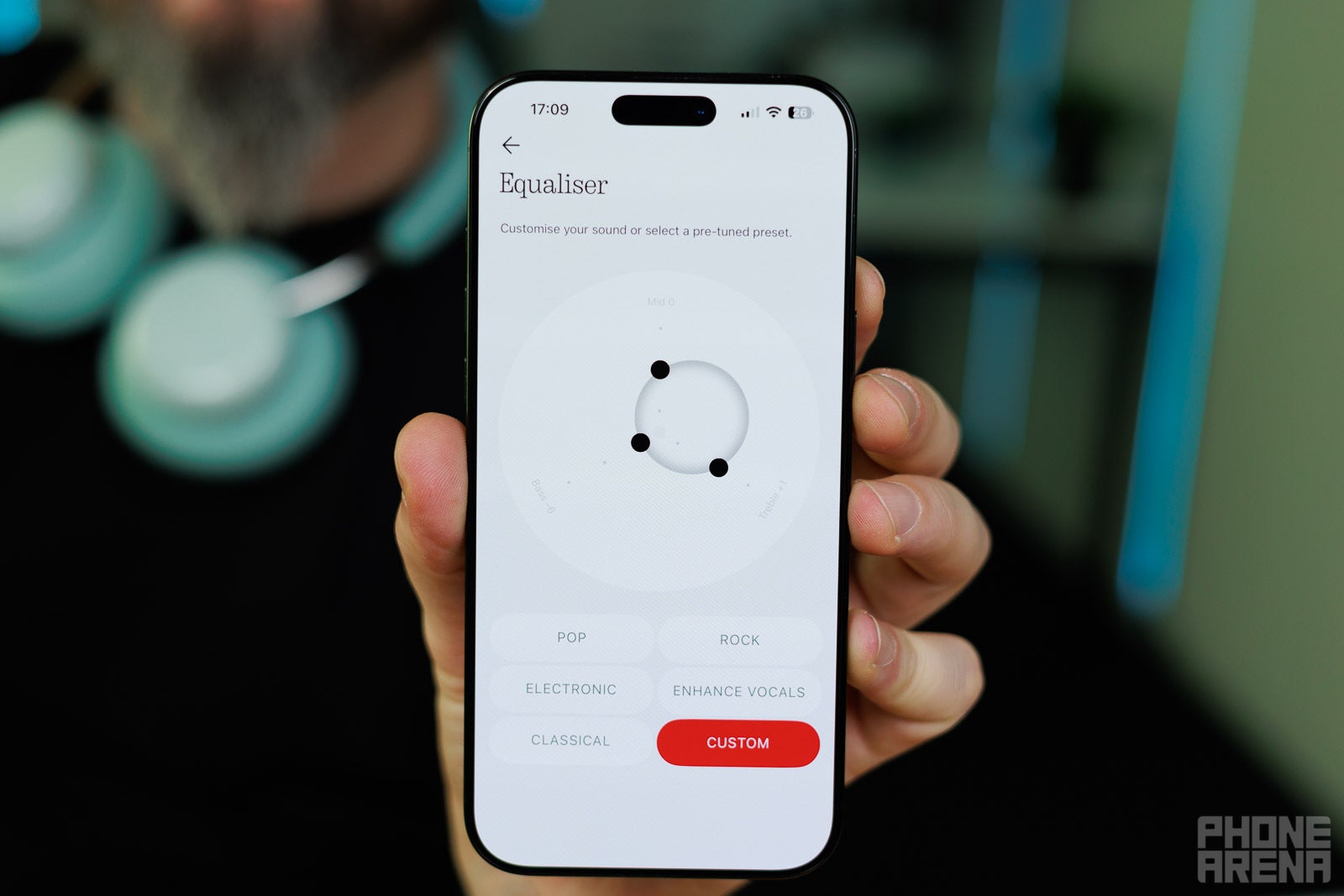

So, here’s what I did: taking advantage of the adaptive EQ, I cut Bass by quite a bit — -5 to -6 — and added a smidgen of treble at +1. This not only cuts out the bass frequencies, it adds some sparkle and bite to the sound. Now they started sounding thin. So, step two of the tuning is to slide that physical bass slider up to taste. You can go all the way to the max, but I find that about 50-60% is a nicely balanced spot.
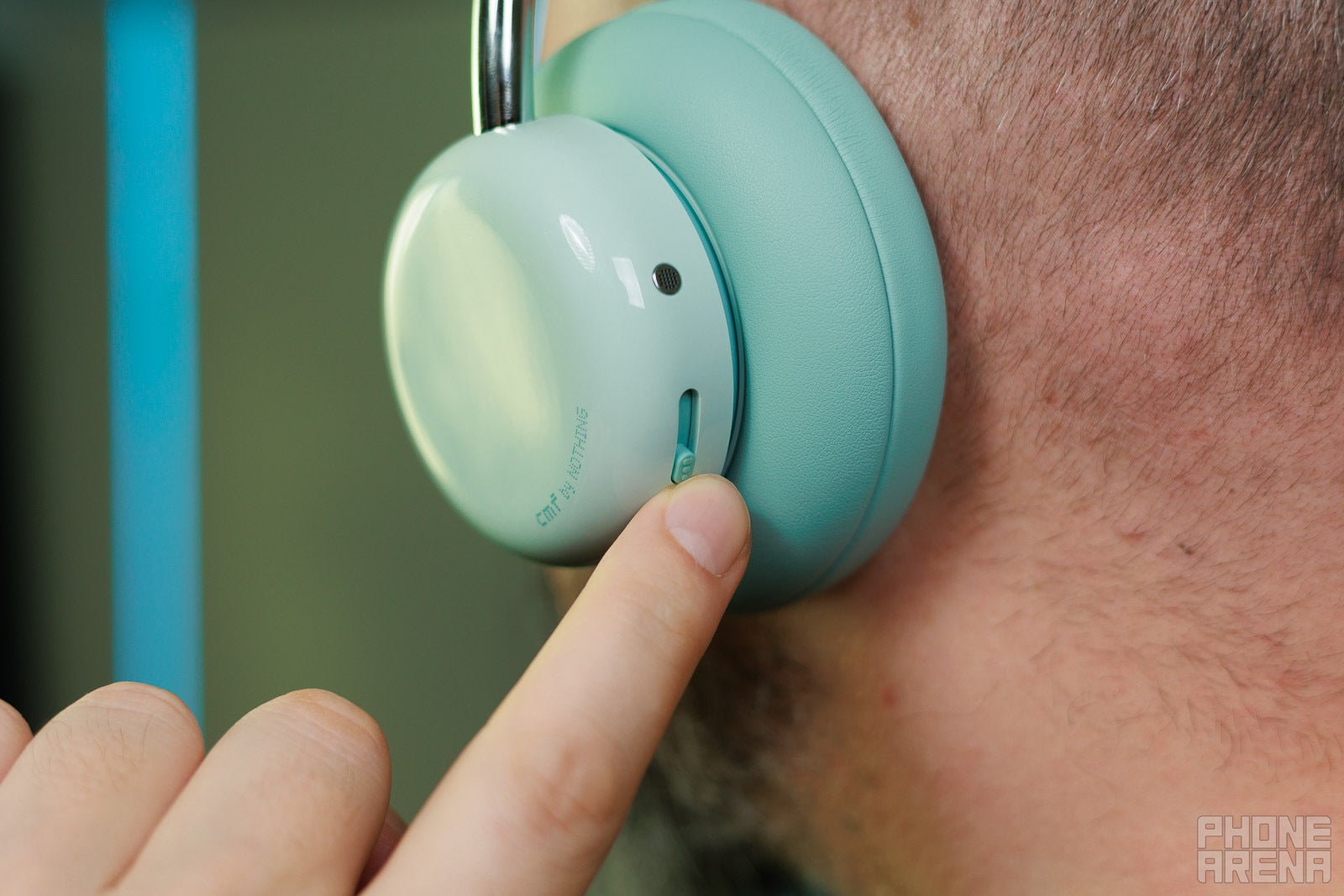

Now, they have a big cushion of warm and thumpy bass, but no overbearing, head-clamping low frequencies between the 100-200 Hz range. The upper mids gained a bit of texture, and the highs got some sizzle. In general, if you hand me these pre-tuned to this setting, I wouldn’t believe that they cost $100.
Their soundstage does sound narrow compared to expensive sets, and there’s no getting around that. But again, for the price, I wouldn’t care.
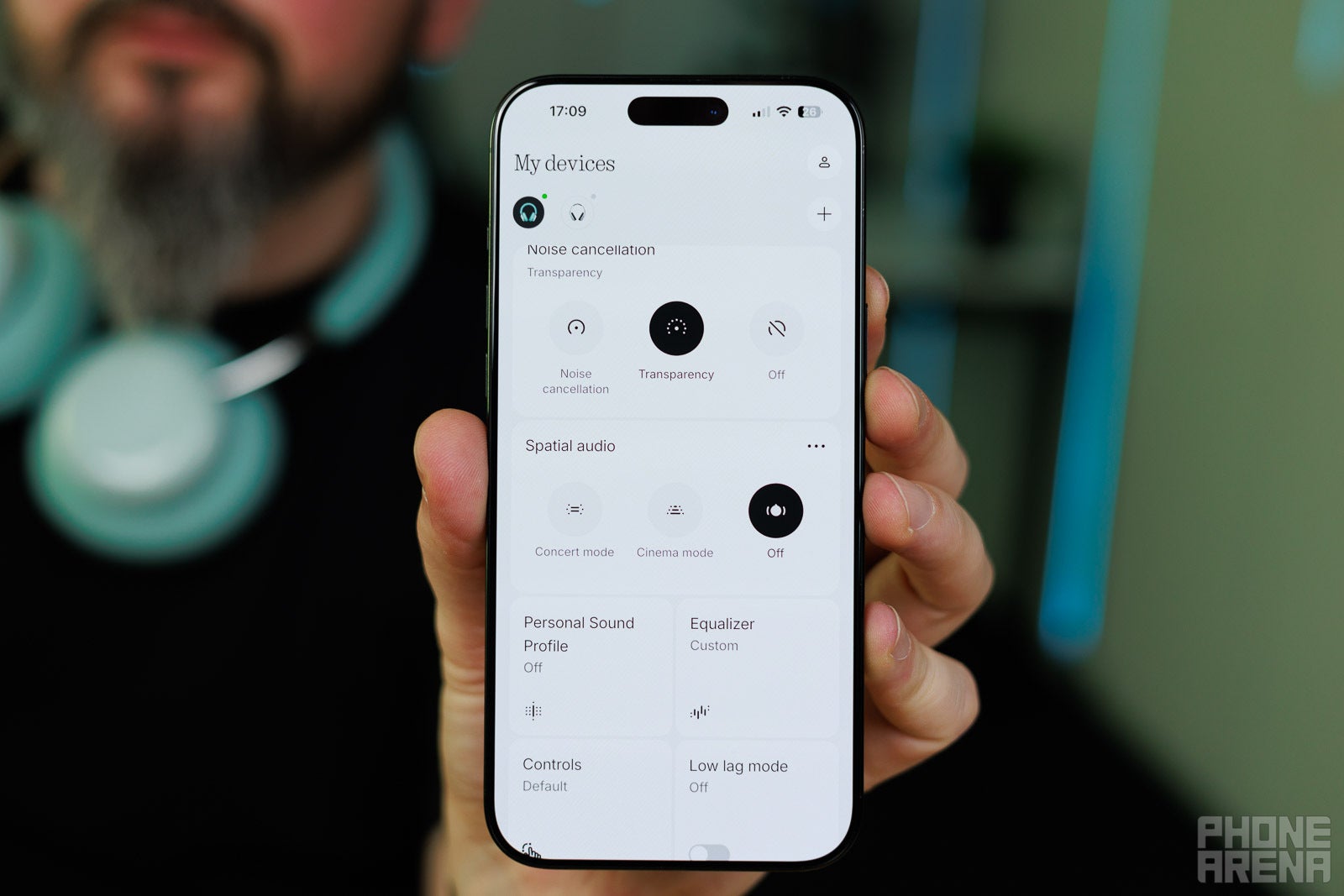

There’s also a Spatial Audio feature for the CMF Headphone Pro, but it’s unlike what we’ve seen before. There are basically two settings — Cinema Mode and Concert Mode. They do open up the sound, trying to simulate a 3D environment. Depending on what mix you are listening to, you may get some ice-picky highs or whistling mids pop up (especially in Cinema mode — I suppose it’s meant to enhance voice lines). Just keep it off and enjoy mixes as they were meant to be.
CMF Headphone Pro Noise Cancelation
As previously mentioned, these already isolate quite a lot by just being on your ears. The active noise reduction can further lower hums and brums by up to -40 dB, Nothing says. But upper-midrange and high-range sounds do go through. By checking the specs, it says the ANC works up to about the 2000 Hz range, and that tracks with what I am hearing. With no music playing, I can hear the clacking of steps on wooden floors, and the clicking of keyboards. But, play a tune at a reasonable volume, and the outside world is gone.
The pass-through mode sounds quite midrange-heaby, but that’s fine, as it allows speech — the most important thing — through. But it’s also surprisingly good at directional placement of the sounds, despite these having a narrow soundstage.
CMf Headphone Pro connectivity
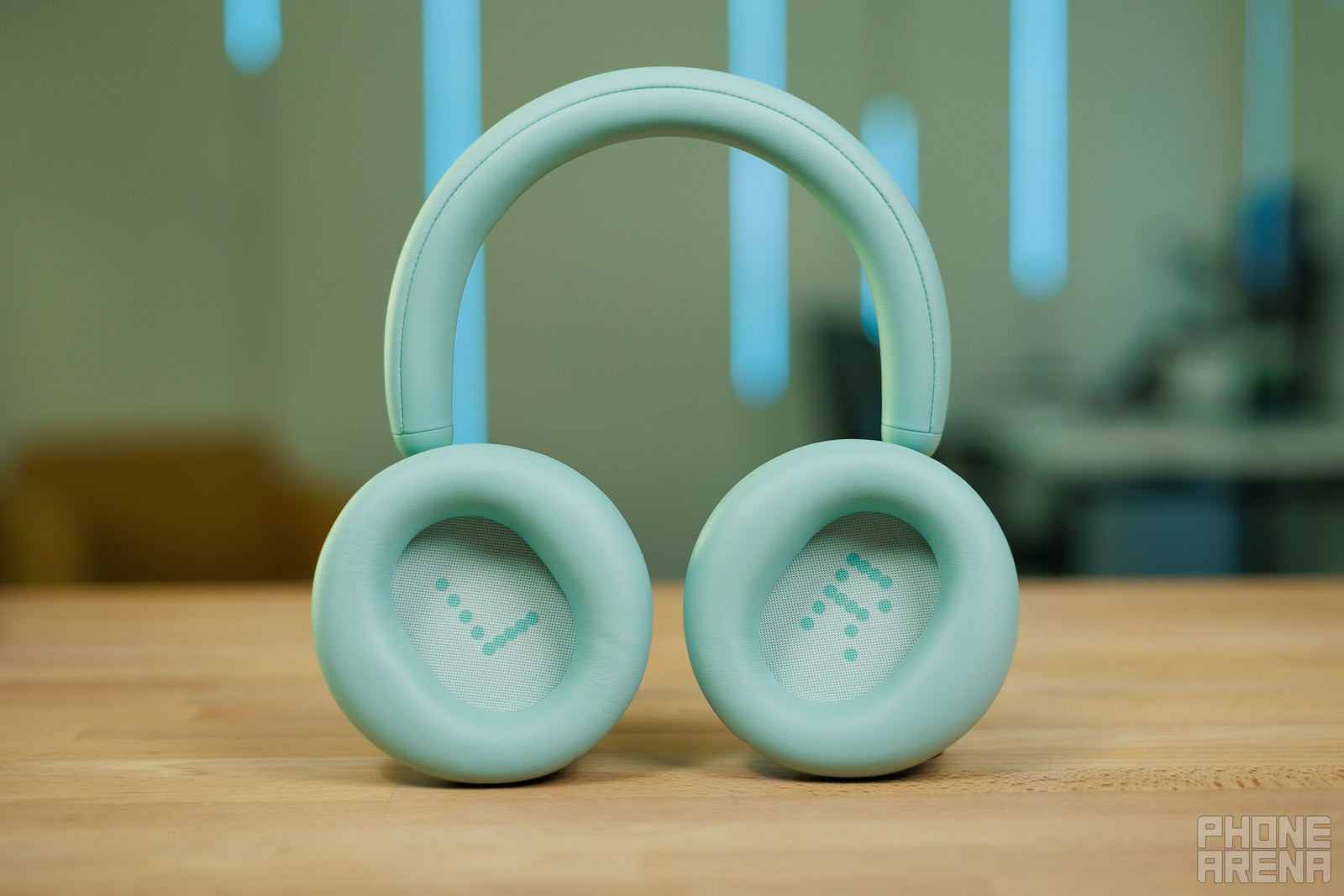

They support both AAC and LDAC, ensuring high-quality audio whether you’re on an iPhone, Android, or PC. Pairing is delightfully simple, too — Google Fast Pair and Microsoft Swift Pair are both onboard.
Of course, they also support Bluetooth Multipoint, letting you stay connected to two devices simultaneously. When one starts playing audio, the other politely steps aside — perfect for answering a quick phone call without manually pausing your laptop playlist.
CMF Headphone Pro battery life
These come with a 720 mAh battery, which is smaller than the one in the Nothing Headphone (1). Yet, the company promises surprisingly long listening time here — longer than the flagship product:
| CMF Headphone Pro | Noise Reduction On | Noise Reduction Off |
|---|---|---|
| AAC | 50 hours | 100 hours |
| LDAC | 38 hours | 70 hours |
| Nothing Headphone (1) | Noise Reduction On | Noise Reduction Off |
|---|---|---|
| AAC | 35 hours | 80 hours |
| LDAC | 30 hours | 54 hours |
CMF Headphone Pro: should you buy them?


The CMF Headphone Pro come at £79 / $99 / €99 — that’s a third of the price of the flagship Headphone (1). They don’t sound three times as bad. They just cut out the nice stuff — more plastic in the build, no carry case, cheaper-feeling controls (but not bad on their own), no Advanced EQ, and a sound signature that can sound very OK but a bit bland. Unlike the Headphone (1), which have a visual style, a signature sound, wider soundstage and better instrument separation, more features within the app, and more buttons to click on.
However, for $100, the CMF Headphone Pro are just hard to beat. As long as you can vibe with their visual style, these are the go-to “affordable over-ears” I’d recommend.
